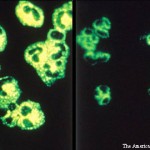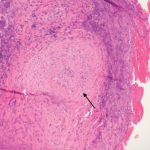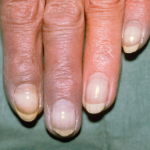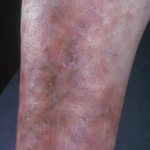Patients with anti-neutrophil cytoplasmic antibody–associated vasculitides (AAV) have an increased risk of mortality. But treatments have evolved in recent years. Recent research found that between 1999 and 2017 the AAV mortality rate declined by nearly 2% per year in patients 65–74 years old…




